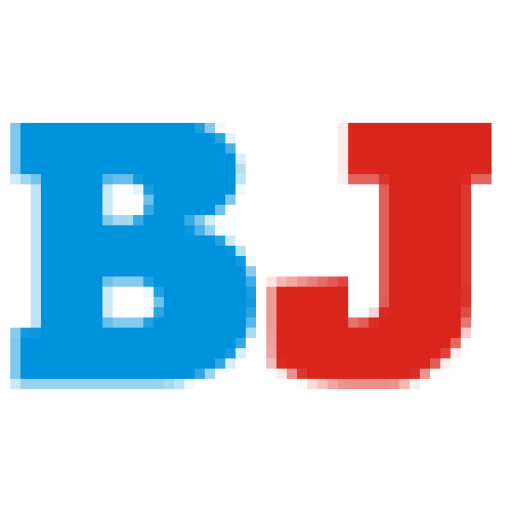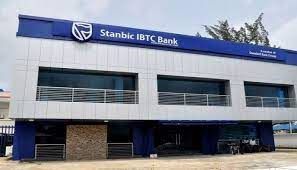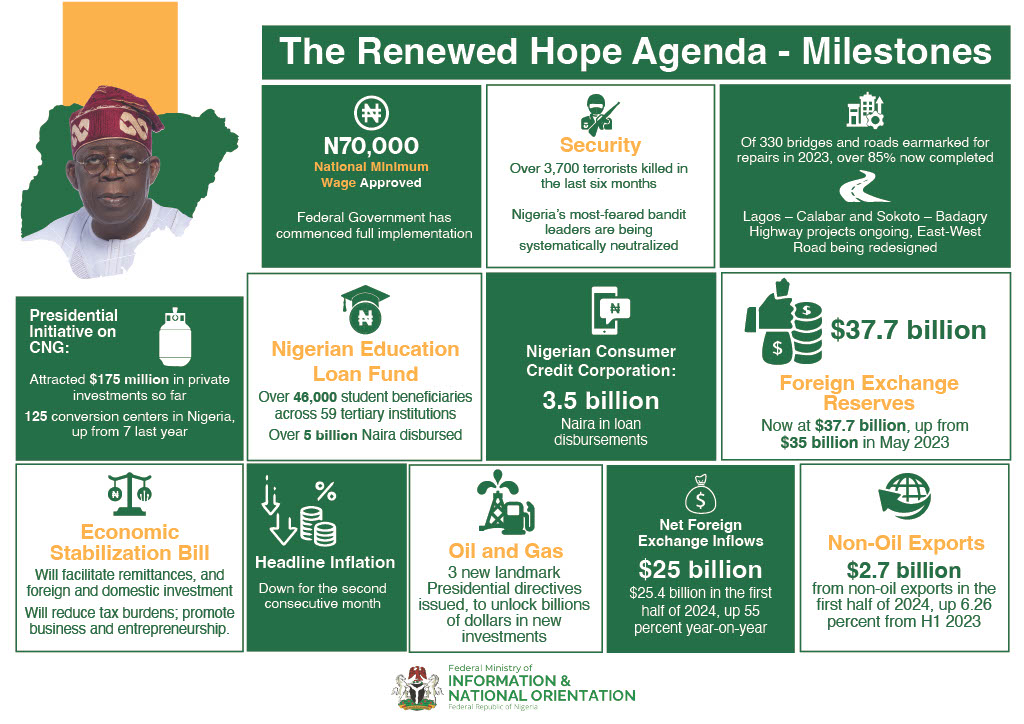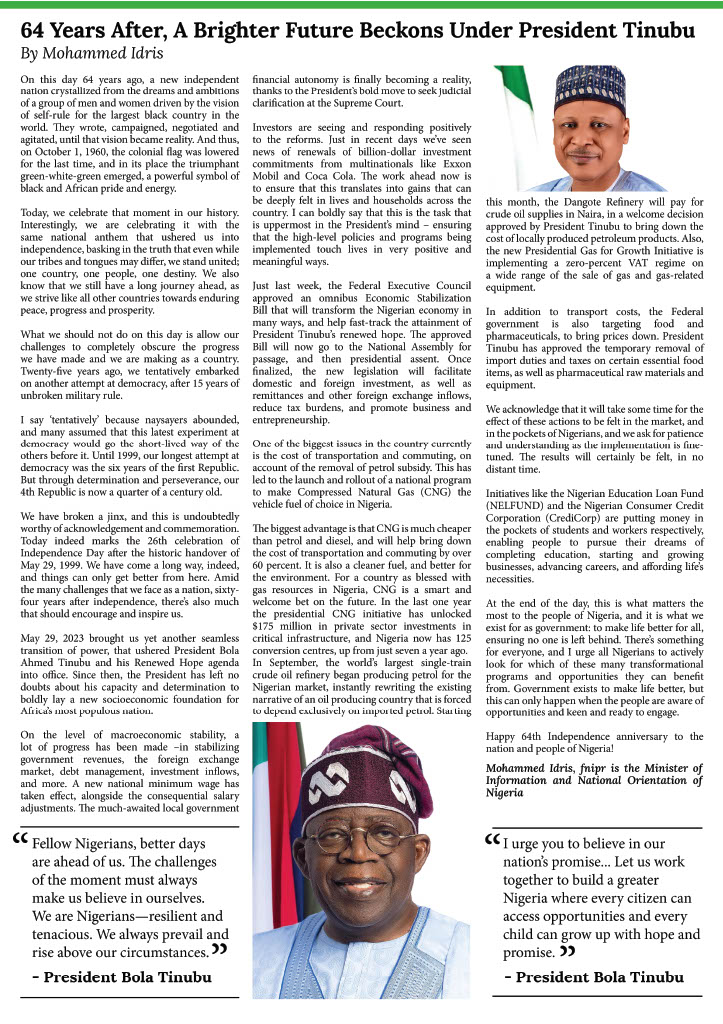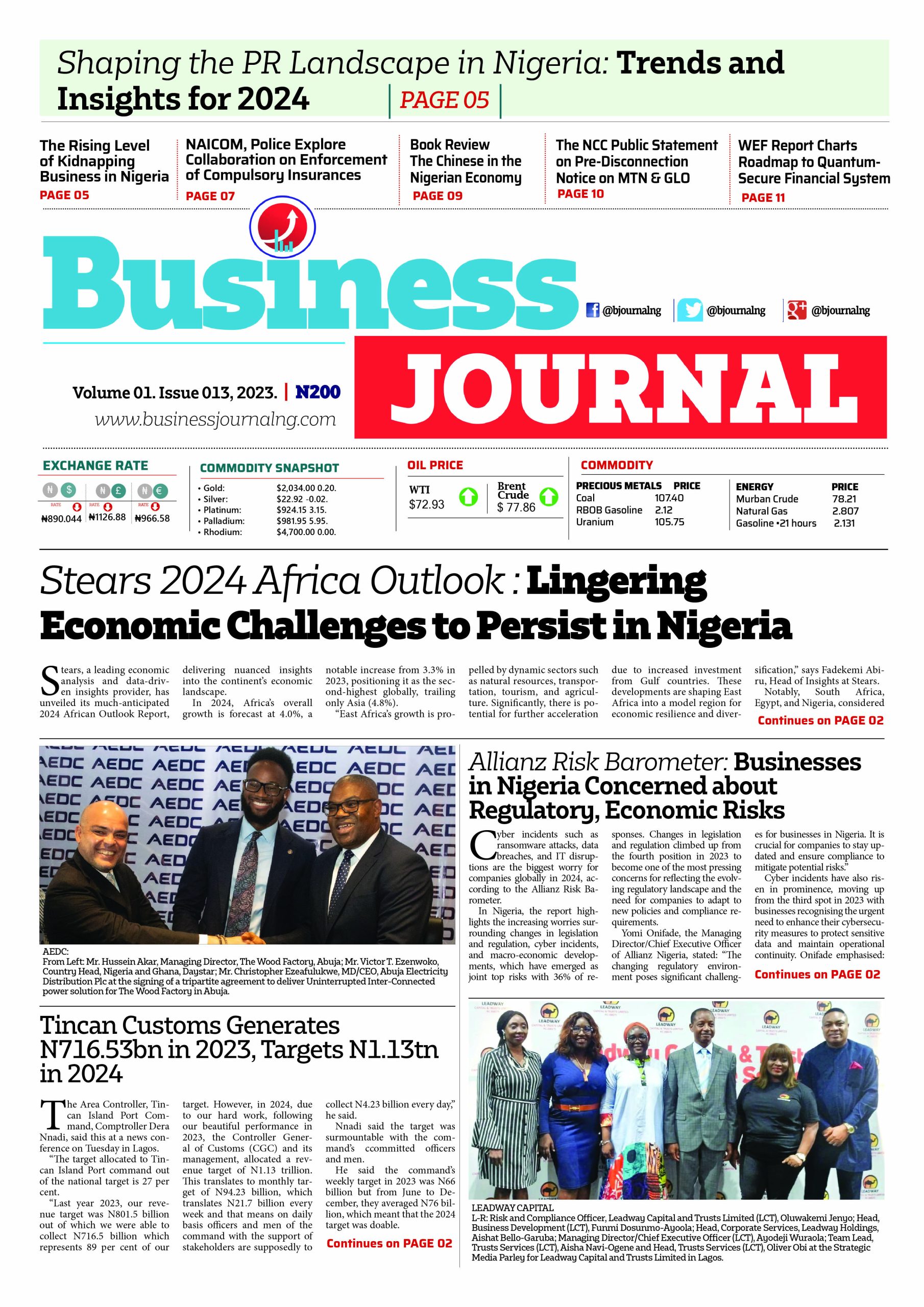The Nigerian private sector returned to growth in December, with renewed increases in both output and new orders recorded amid some signs of recovery in demand. This was despite continued intense inflationary pressure, with purchase costs and selling prices each rising at sharper rates than in November. Meanwhile, business confidence dropped to the joint-lowest in the decade-long survey so far. The headline figure derived from the survey is the Stanbic IBTC Purchasing Managers’ Index (PMI).
Muyiwa Oni, Head of Equity Research West Africa at Stanbic IBTC Bank commented: “The headline PMI returned to expansion territory for the first time in three months in December 2023, posting 52.7 from 48.0 in November. The reading implies a strong improvement in the health of the private sector, and one that was the most marked since June. Demand conditions showed signs of recovery, leading to a marked increase in new orders following two months of contraction. The Nigerian economy grew by 2.54% y/y in Q3:23 relative to 2.51% y/y growth in Q2:23. The growth improvement relative to the prior quarter was primarily driven by a modest decline in the Oil GDP (-0.85% y/y vs Q2:23: -13.43% y/y), as the non-oil sector’s growth (2.75% y/y vs Q2:23: 3.58% y/y) moderated due to the impact of FX and PMS subsidy reforms witnessed in the review period. Growth is likely to settle at 2.96% y/y in Q4:23 supported by an expected return of the oil sector to growth, taking the full year growth print at 2.60% y/y. Nevertheless, feedback from respondents continue to show intense inflationary pressure, with purchase costs and selling prices each rising at sharper rates than in November. Consumer price pressures remain unrelenting in Nigeria, rising by 87bps from the previous month to 28.20% y/y in November – its highest point since August 2005 (28.21% y/y). Parsing through the breakdown, food inflation rose by 132bps to 32.84% y/y, while the non-food inflation settled at 22.55% y/y, with the most significant pressures coming from the utilities (23.37% y/y), health (23.85% y/y), and transport (27.02% y/y) sub-baskets. We expect inflationary pressures to remain elevated in the near term.”
Readings above 50.0 signal an improvement in business conditions on the previous month, while readings below 50.0 show a deterioration. The headline PMI moved back above the 50.0 no-change mark for the first time in three months at the end of 2023, posting 52.7 in December from 48.0 in November.
The reading signaled a solid improvement in the health of the private sector, and one that was the most marked since June. Demand conditions showed signs of recovery, leading to a marked increase in new orders following two months of contraction. Similarly, business activity also returned to growth and was up solidly over the month. Sector data showed that wholesale & retail activity continued to fall, however.
The improvements seen in December were recorded in spite of a continuation of the severe price pressures seen in recent months. While overall input price inflation softened slightly, it remained among the sharpest on record. The slowdown in overall input price inflation reflected a softer, but still solid increase in staff costs. Meanwhile, the rate of purchase price inflation quickened for the third successive month and was the sharpest for two years.
Panelists again linked inflation to exchange rate weakness and higher fuel costs, while there were also reports of higher prices for animal feed. In turn, selling price inflation also quickened, and was the fastest since the survey record posted in August. The improvements in new orders and business activity in December encouraged companies to take on extra staff at the end of the year, thereby extending the current sequence of job creation to eight months.
Purchasing activity and inventory holdings were also expanded. Backlogs of work increased for the third time in the past four months, however, amid issues with the cost and availability of materials and customer payment delays. Competitive pressures and requests for faster deliveries led to a tenth consecutive monthly improvement in vendor performance.
Despite the return to growth of activity in December, confidence in the year-ahead outlook continued to wane, easing for the second month running to the joint-lowest since the survey began in January 2014.
